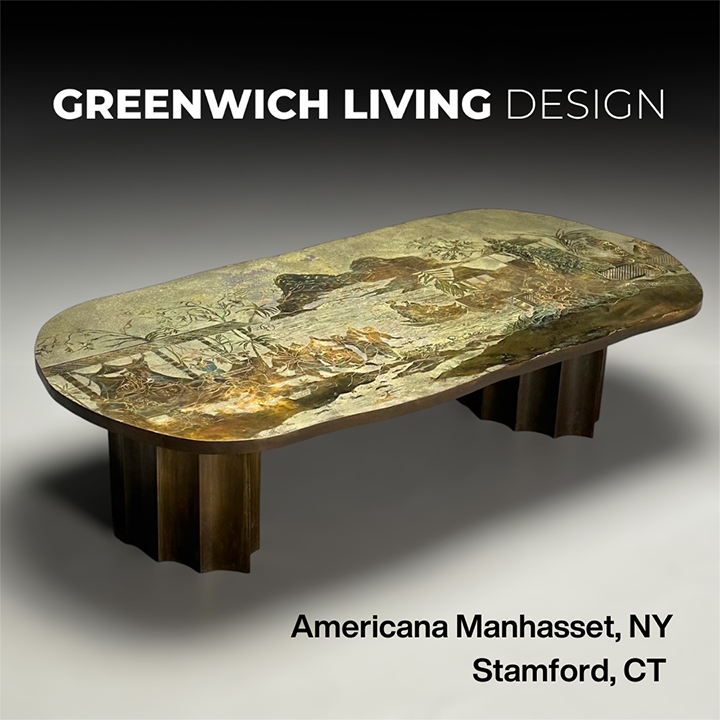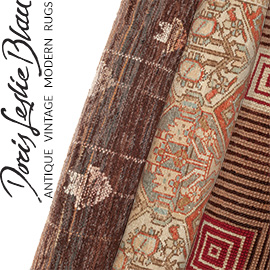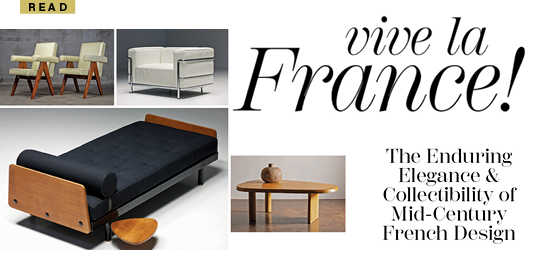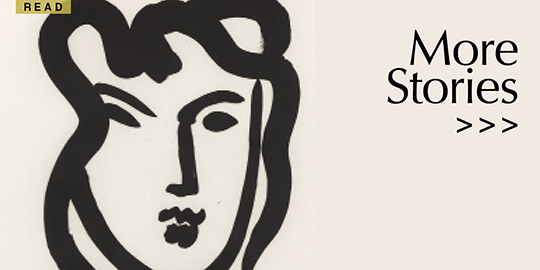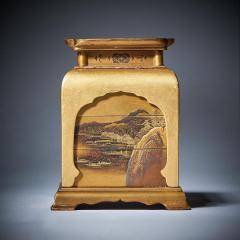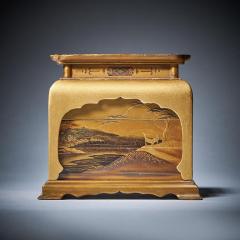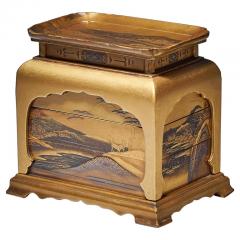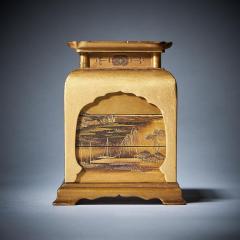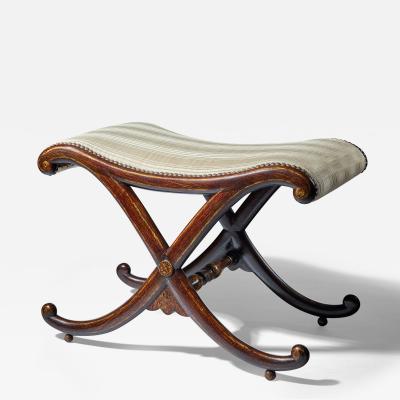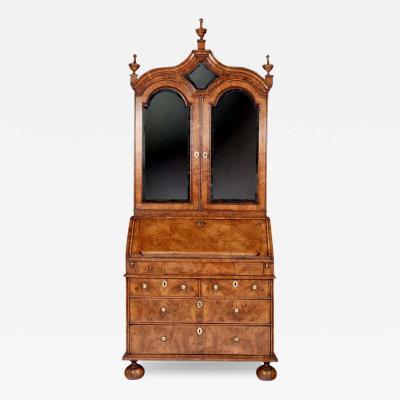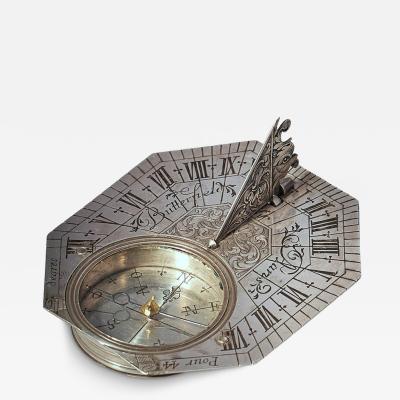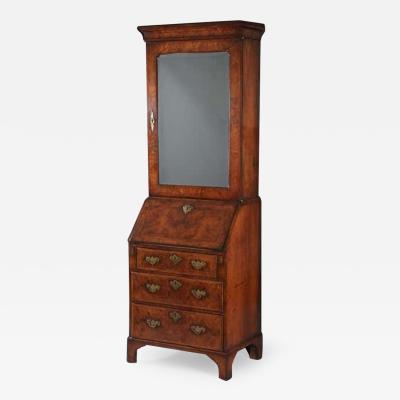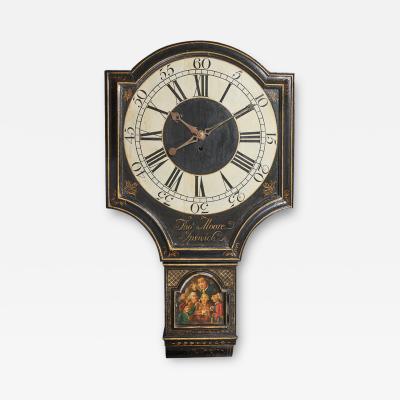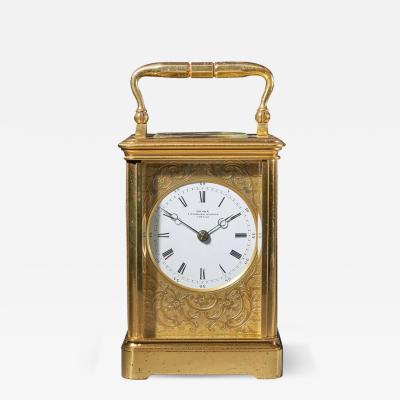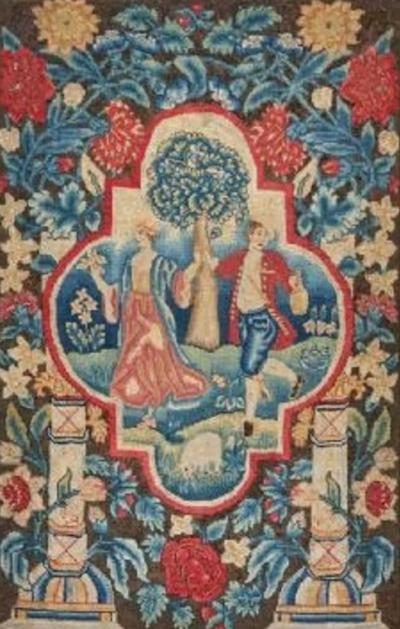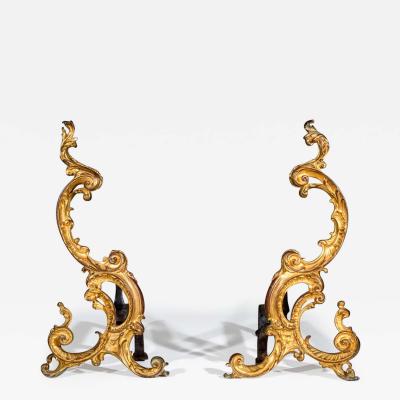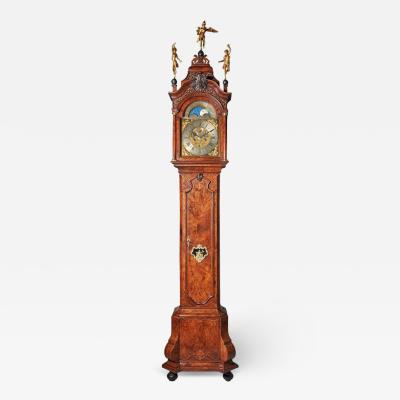Signed Mid 19th C. Edo/Meiji Period Diminutive Lacquer Stacking Cabinet, Japan
-
Description
The highly decorated tray in the form of a table frames a series of three stacking boxes, a further three lidded boxes and a tray concealed within, raised on ogee bracket feet.
This fine lacquer stacking cabinet of gold and black is a variation on a cabinet for incense. It contains small boxes within boxes to hold incense woods and an outer tray in the form of a table with legs.
All of the original eleven components are present.
The opening up of Japan in the mid-1850s after more than two centuries of seclusion from the rest of the world triggered a huge interest in Japanese art and design. Western collectors, artists and designers particularly admired lacquer, for which they had no equivalent.
Further reading:
This stacking cabinet relates closely to an example purchased by the Victoria & Albert Museum at the Paris Exhibition of 1867 (accession number: 875 to J-1869). This and subsequent international exhibitions were largely responsible for introducing Japanese art to the Western public. Lacquerwork formed a central part of the Japanese displays at these exhibitions. Some examples were old, but the majority, like this piece, were new or nearly new. The V&A acquired 20 items of Japanese lacquer work from the Paris Exhibition.
It is plausible that this item was purchased at the Paris Exhibition in 1867.
Provenance
Private collection Salisbury.
£5,800 -
More Information
Period: 19th Century Condition: Good. Good. Wear consistent with age and use. Good original condition with minor wear in line with age and use. Styles / Movements: Traditional Incollect Reference #: 646856 -
Dimensions
W. 13 in; H. 12.4 in; D. 8.9 in; W. 33.02 cm; H. 31.5 cm; D. 22.61 cm;
Message from Seller:
Alexander George Antiques’ enthusiasm and unerring passion for the finest English furniture is evident from the moment you enter our gallery in rural Oxfordshire. Here you will find examples from the most prestigious of the 17th and 18th century cabinet-makers, craftsmen of the Golden Age including Thomas Chippendale, Coxed & Woster & Gerrit Jensen.




